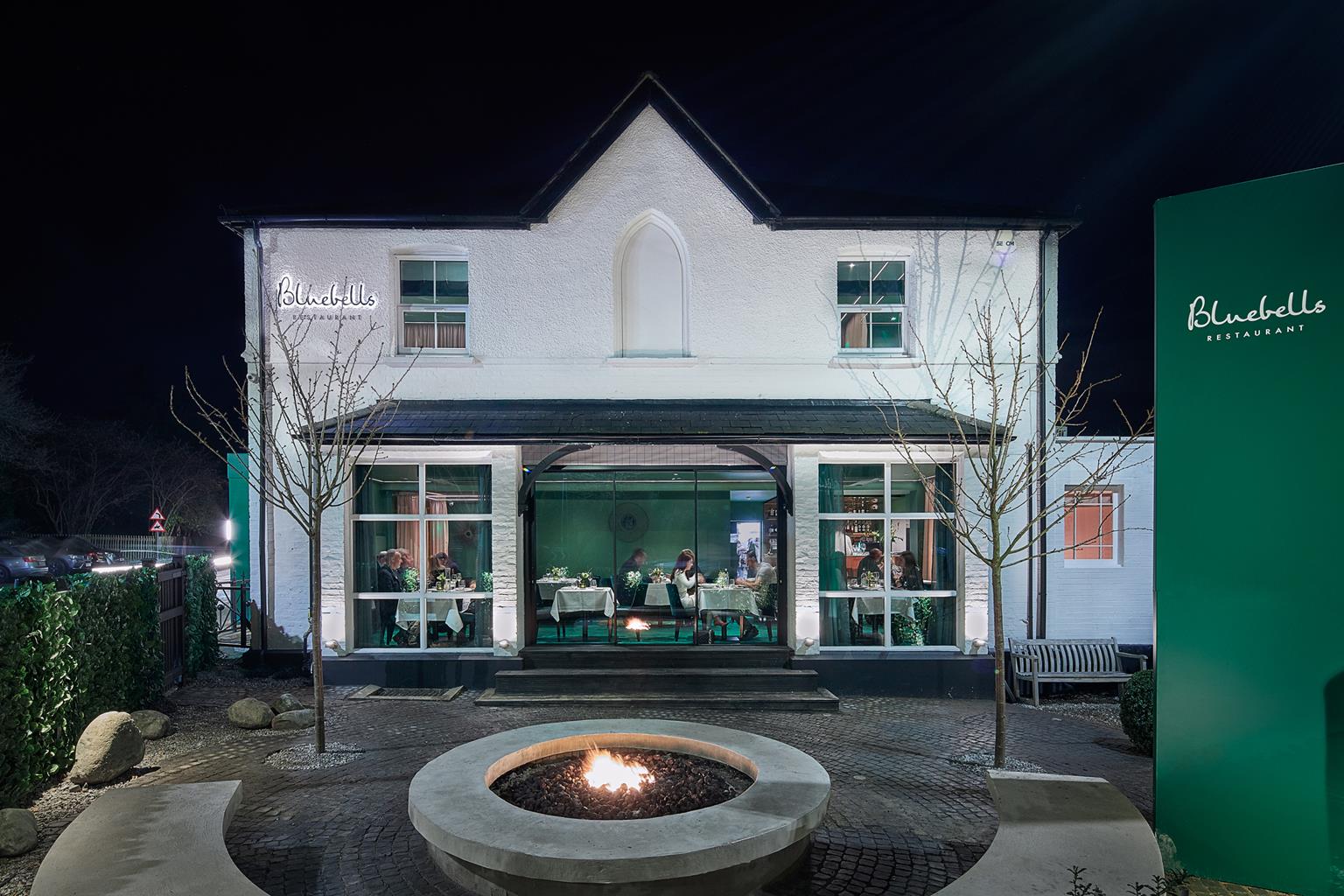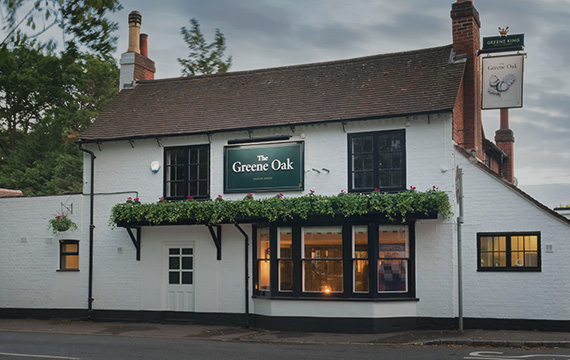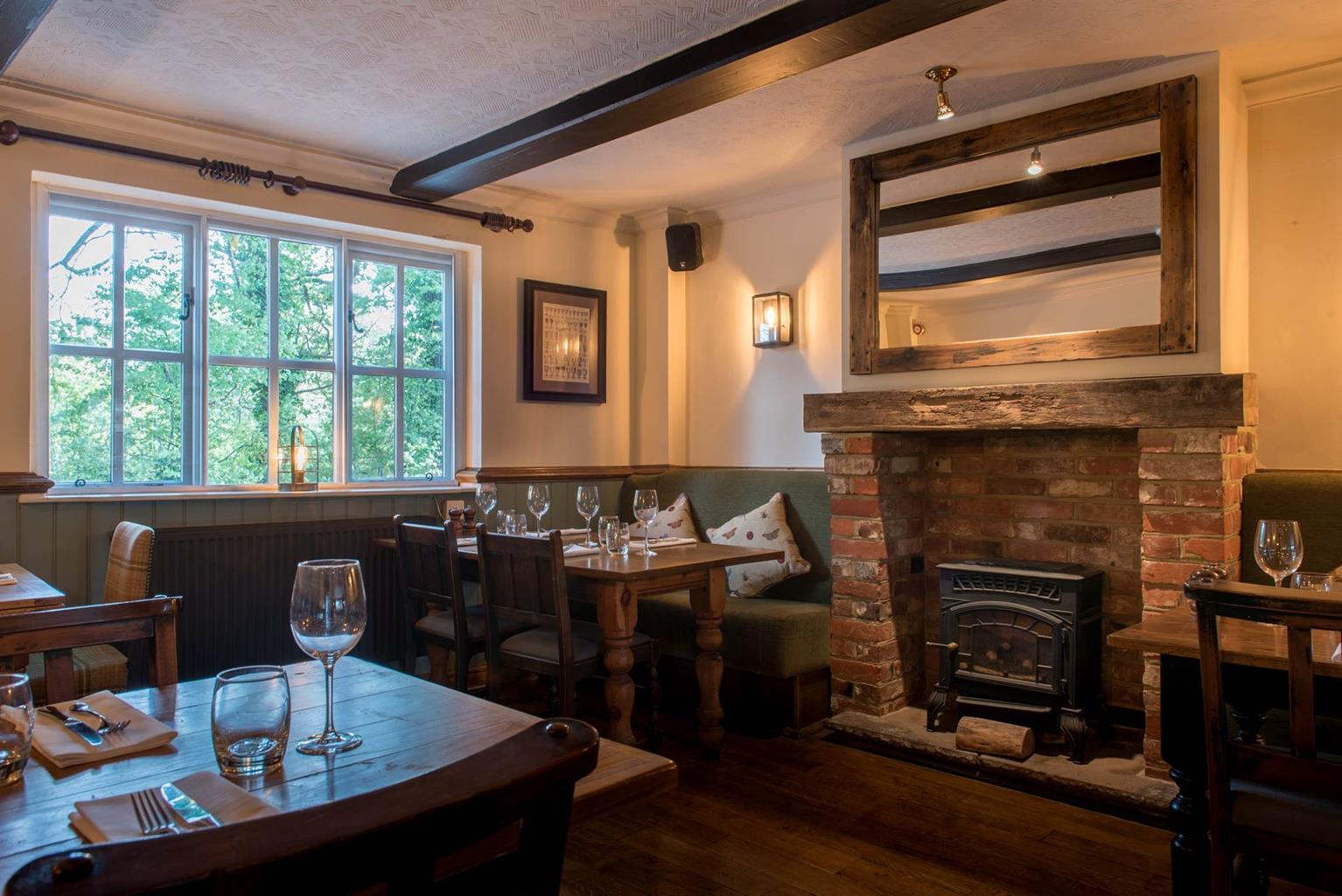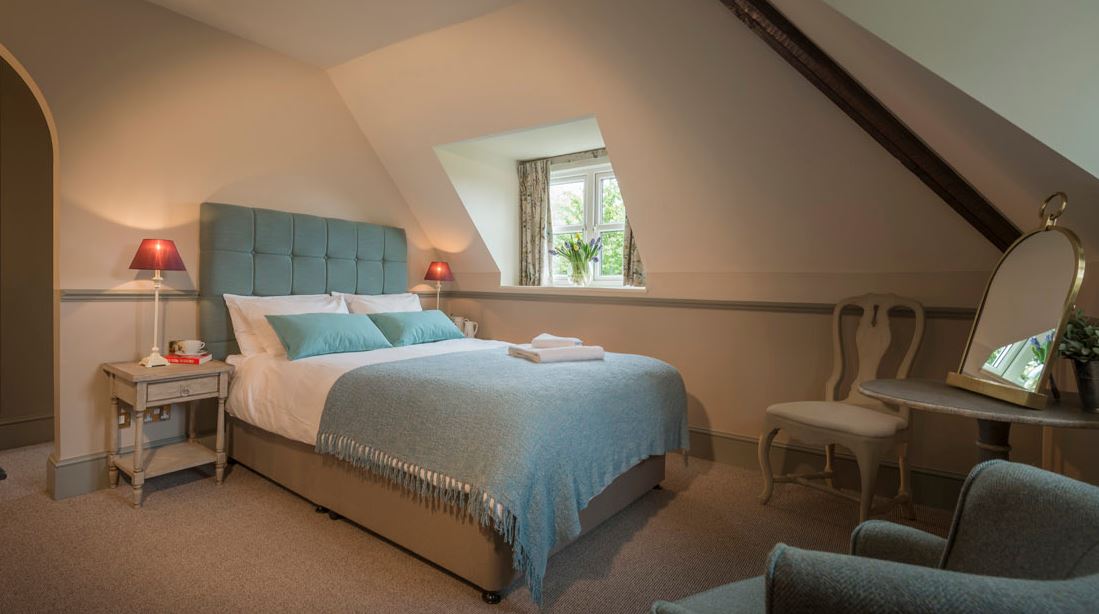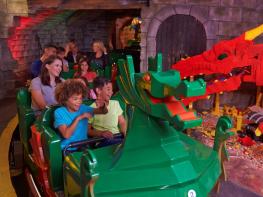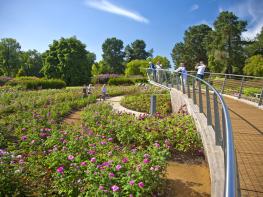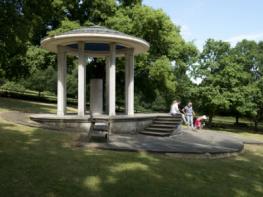A true Adam Handling restaurant in style, the menu at The Loch & The Tyne showcases the best…
Windsor Great Park

Discover this enormous nature reserve, once a royal hunting ground.
5.25 miles (8.4kms)
About the walk
Walkers in East Berkshire who enjoy peaceful parkland, leafy paths and a sense of space in a noisy and cluttered world don’t have to look very far to find what they want. Right on their doorstep is the opportunity to walk for miles and yet remain within the confines of Windsor Great Park, once part of a royal hunting ground and now, in effect, an enormous nature reserve covering thousands of acres, where deer roam amid ancient trees. Windsor Great Park stretches south from Windsor Castle some 5 miles (8km) down to the Surrey border. The northern part is quieter, less commercialised and much less visited than the well-known southern section.
Comprising about 4,800 acres (1,944ha) of wooded parkland and magnificent landscaped gardens, the general design and landscaping of the Great Park is largely the work of George II’s son, the Duke of Cumberland, who was given the rangership of Windsor Great Park in recognition of his victory over the Jacobites at the Battle of Culloden in 1746.
One of the park’s most striking features is the oak-lined Long Walk, running in a straight line between Windsor and the mighty equestrian statue of George III on Snow Hill. This was erected in 1831 and is known as the Copper Horse.
Copper Horse views
From the statue of the Copper Horse you can enjoy one of the most famous views in Britain of Windsor Castle. In fact, during your walk the castle will come into view several times. During the late 1950s the exiled Duke of Windsor said of the royal residence and its surroundings:
‘there is one place... which hardly changes at all, and that is Windsor Castle. Here is a palace essentially English in character. I take pleasure in the way it broods, with an air of comfortable benevolence, down over the homely town of Windsor, while to the south spreads the spacious Great Park, with the Long Walk stretching three miles through the soft, green English landscape and the meadows of the Home Park to the south, refreshed by the waters of the slowly winding Thames.’
But it is not just royalty and ramblers who love Windsor Great Park. To the surprise of many visitors there is a lively village here, complete with post office and shop, and excellent sports facilities too. It was built in the 1930s to house royal estate workers. Less surprisingly, many writers have been captivated and inspired by the Park. Alexander Pope often rode here and wrote about the scenery, while Jonathan Swift described the Long Walk as ‘the finest avenue I ever saw’.
Walk directions
From the car park, cross the A332 to Cranbourne Gate and enter the park. Follow the drive alongside trees planted over the years to commemorate Queen Victoria’s Golden Jubilee in 1887 and Edward VII’s coronation in 1902. To the left are distant views of Windsor Castle. Turn right at the first crossroads, signposted ‘York Club, Cumberland Lodge and Royal School’, and follow the drive to the next junction by two ponds where swans are often seen.
Turn left here, signposted ‘Cumberland Lodge, Village Shop, Royal School, The Village’. Pass the Post Office and General Store, walk between a spacious green and cricket pitch, and then after the children’s play area, turn right, off the track, to join the broad, grassy Queen Anne’s Ride, heading towards an equestrian statue. Look back for another view of Windsor Castle. Follow the ride to a tarmac drive and the equestrian statue of Queen Elizabeth II, erected for her Golden Jubilee. Turn left, onto the tarmac drive, keep left at the fork, then left again after 65yds (60m) at a crossroads.
Continue ahead at the next junction and then, 200yds (183m) beyond the woods, turn right to follow a broad, hedge-lined, grassy path. Ahead lies Royal Lodge and to the left of it is the famous Copper Horse statue. Take the next grassy ride on the left and head for a deer gate. Through this, keep ahead towards the statue, cross a sandy bridleway, and when you draw level with the statue bear left. The figure of George III points the way to a woodland path, which merges with a sandy bridleway running down to a drive. Pass through the gate and keep right at the immediate fork.
Walk along to Queen Anne’s Ride, which crosses the drive just before a house. On the left is a millstone. Turn right here and follow the ride to Russel’s Pond, on your left. Veer left and walk beside the pond and fence. Go straight ahead (right) as the path forks left and right. Continue uphill through woodland, then drop down to the road at Ranger’s Gate.
Cross over at the lights and take the tarmac drive beyond the car park. Just before white gates leading into Flemish Farm, turn left and follow a sandy bridleway alongside a field. Continue up the slope and through the wood. Continue on the bridleway until eventually you reach a drive. On the right is Cranbourne Tower. Turn left to return to the car park.ventually you reach a drive.
Additional information
Park drives and rides, woodland paths and tracks
Sprawling parkland of Windsor Great Park
Dogs under strict control or on lead
OS Explorer 160 Windsor, Weybridge & Bracknell
Car park by Cranbourne Gate (open weekends, bank holidays and school holidays only, closed weekdays rest of year) or use Ranger’s Gate
None on route
WALKING IN SAFETY
Read our tips to look after yourself and the environment when following this walk.
Find out more
Also in the area
About the area
Discover Berkshire
Berkshire essentially consists of two distinct parts. The western half is predominantly rural, with the Lambourn Downs spilling down to the River Lambourn and the Berkshire Downs to the majestic Thames. The eastern half of Berkshire may be more urban but here, too, there is the opportunity to get out and savour open spaces. Windsor Great Park and Maidenhead Thicket are prime examples. Threading their way through the county are two of the South’s prettiest rivers – the Lambourn and the Pang. Beyond the tranquil tow paths of the Kennet and Avon Canal, Greenham Common’s famous airbase has been transformed to delight walkers of all ages.
Reading and Newbury are the county’s major towns, and the River Kennet flows through them both. Reading is a vibrant, multicultural centre with great shopping and plenty of history. Oscar Wilde was incarcerated in Reading prison in the late 19th century, and wrote The Ballad of Reading Gaol about his experience. Newbury is probably best known for its race course, which opened in 1905, although the first recorded racing at Newbury was a century before that. Famous people born in the county include Catherine, Duchess of Cambridge, Kate Winlset and Ricky Gervais.
Nearby stays
Restaurants and Pubs
Nearby experiences
Recommended things to do
Why choose Rated Trips?
Your trusted guide to rated places across the UK
The best coverage
Discover more than 15,000 professionally rated places to stay, eat and visit from across the UK and Ireland.
Quality assured
Choose a place to stay safe in the knowledge that it has been expertly assessed by trained assessors.
Plan your next trip
Search by location or the type of place you're visiting to find your next ideal holiday experience.
Travel inspiration
Read our articles, city guides and recommended things to do for inspiration. We're here to help you explore the UK.





